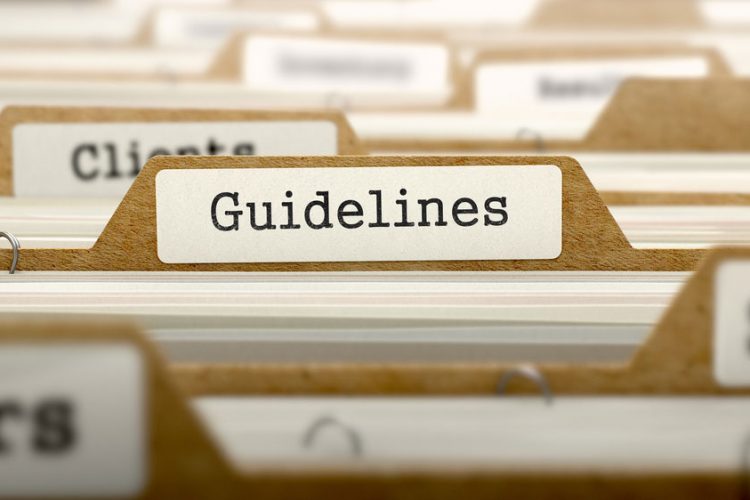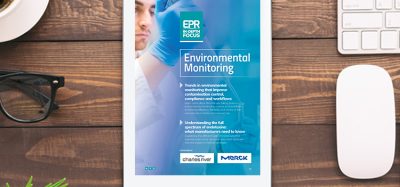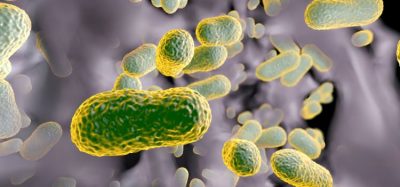Strengthened guidance on follow-up and risk management for ATMP developers
Posted: 7 February 2018 | Dr Zara Kassam (European Pharmaceutical Review) | No comments yet
Guideline to streamline procedures and better address the specific requirements of ATMP developers published for consultation…


The European Medicines Agency (EMA) has released a draft revised guideline on the safety and efficacy follow-up and risk management of advanced therapy medicinal products (ATMPs) for a three-month public consultation. The revision is part of the joint action plan published by the European Commission and EMA in October 2017 to streamline procedures and better address the specific requirements of ATMP developers.
Stakeholders are invited to send their comments by 30 April 2018 using the template provided in the guideline.
ATMPs offer new opportunities for the treatment of disease and injury based on innovative approaches and technologies. Because of this novelty, ATMPs may be associated with risks of a different nature to those generally encountered with more conventional medicines.
This is the first revision of the ATMP guideline and focuses on safety and efficacy follow-up and risk management. The guideline now takes into consideration the experience gained with the authorisation of these medicines, as well as the experience with scientific advice and protocol assistance.
It also provides advice on early detection of risks during development and provides a framework for the effective mitigation of their consequences for patients. In addition, the revision gives methodological advice on the design of appropriate post-authorisation studies to follow up on the safety and efficacy of these medicines.
The revised guideline is another step forward in the support of ATMP developers, further clarifying the requirements with regards to the post-authorisation safety and efficacy studies agreed at the time of marketing authorisation. It encourages developers of ATMPs to plan timely interactions with EMA to ensure an efficient development process.
The guideline was adopted by the Committee for Advanced Therapies (CAT), the Pharmacovigilance Risk Assessment Committee (PRAC) and the Committee for Medicinal Products for Human Use (CHMP).









